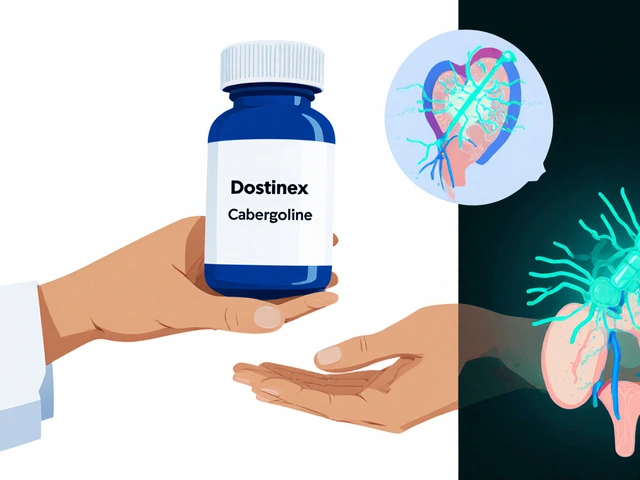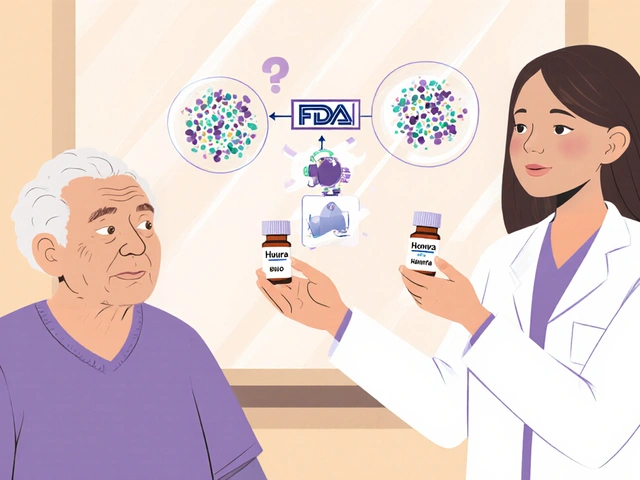Hormone therapy: clear, practical advice you can use
Thinking about hormone therapy? Whether you’re considering menopause HRT, testosterone for low-T, or gender-affirming hormones, the basics are similar: know the goal, the risks, and how to monitor safely. This page gives straightforward, practical info so you can ask the right questions and make safer choices.
Types of hormone therapy and why people use them
There are a few common types. Menopause HRT usually uses estrogen alone (for people without a uterus) or estrogen plus progesterone to reduce hot flashes, night sweats, and prevent bone loss. Testosterone replacement helps men with low testosterone feel less tired, rebuild muscle, and improve libido. Transgender hormone therapy uses estrogen or testosterone to help align a person’s body with their gender identity. There are also targeted therapies for thyroid problems and other endocrine disorders.
How it’s given matters: pills, patches, gels, injections, or implants all work differently. For example, skin patches keep hormone levels steadier than pills, while injections can cause bigger swings. Your choice affects side effects and monitoring needs, so discuss delivery options with your clinician.
Safety, monitoring, and the main risks
No hormone is risk-free. With estrogen plus progesterone, studies show a small increase in blood clot and breast cancer risk for some people, especially with long-term use. Estrogen alone has different risks but still needs careful follow-up. Testosterone can cause acne, sleep apnea, increased red blood cell counts, and might affect fertility. Trans people on hormones need personalized care to avoid complications and to reach desired effects safely.
Monitoring is simple but important: expect baseline blood tests, then follow-up checks for hormone levels, liver function, lipid panels, and sometimes bone density or breast screening. Frequency varies—often every 3–6 months at first, then yearly once stable. If you notice unusual symptoms (severe headaches, sudden shortness of breath, chest pain, swollen legs, or lumps in the breast), contact your provider right away.
Want to reduce risk? Use the lowest effective dose for the shortest time that meets your goals, unless your doctor advises otherwise. Non-hormonal options can help with symptoms like hot flashes—ask about SSRIs, SNRIs, gabapentin, or lifestyle changes such as cooling strategies, caffeine reduction, and regular exercise.
Before starting, ask your clinician these key questions: What are the realistic benefits for me? What side effects should I expect? How will we monitor me and how often? Will this affect my fertility or future plans? Are there safe alternatives for my situation? A good provider will give clear answers and tailor a plan to your health history.
Hormone therapy can work well when chosen carefully and monitored closely. Use this guide to prepare for a smart conversation with your healthcare team—know the type you need, understand the risks, and agree on a plan to check progress and safety.

Estrogen plays a key role in keeping bones strong, especially as women age. When estrogen levels dip, usually around menopause, the risk of osteoporosis shoots up. This article breaks down exactly how estrogen protects bones and what happens when your body makes less of it. You'll also get practical tips on bone health and learn about different options for preventing and treating osteoporosis. Everything is backed by solid science, but explained in simple language.






